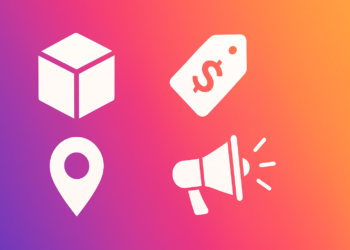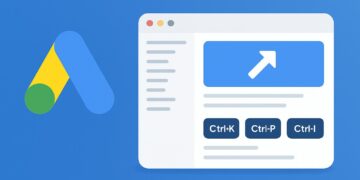The affect component of attitude involves ______.
Feelings toward the object
Behaviour intentions
Knowledge of facts
Past purchase actions
'I intend to buy this brand' taps the ______ component.
Behaviour
Cognition
Desire
Affect
Beliefs about product attributes belong to the ______ component.
Conative
Cognitive
Emotional
Affective
Standard learning hierarchy follows which sequence?
Affect → Behaviour → Cognition
Affect → Cognition → Behaviour
Behaviour → Cognition → Affect
Cognition → Affect → Behaviour
Low‑involvement hierarchy suggests consumers ______ first.
Behave
Evade
Feel
Think
Cognitive dissonance occurs when attitude components are ______.
Identical
Ignored
Inconsistent
All favourable
Fishbein’s multi‑attribute model multiplies belief strength by ______.
Product price
Brand personality
Usage frequency
Attribute evaluation importance
'Conation' in the ABC model is synonymous with ______.
Behavioural intention
Personality trait
Emotional valence
Cognitive map
Using a well‑liked celebrity to endorse a brand leverages which persuasion route?
Peripheral
Central
Elaborative
Systematic
Changing the importance weight of an attribute is an attitude‑change strategy known as ______.
Affect transfer
Selective exposure
Classical conditioning
Shifting evaluation
Starter
Keep practicing the basics.
Solid
Good grasp—refine the details.
Expert!
Excellent mastery.
Mastering Attitude Components Interview Questions helps you break down the beliefs, feelings, and actions that drive consumers. Begin with our consumer behaviour interview questions toolkit to learn the basics of attitude formation. Next, challenge yourself with the nudge techniques question set, test your understanding in the scarcity and urgency MCQs, and explore exchange dynamics via the reciprocity and commitment quiz. Working through these interview questions will give you the confidence to explain how attitudes shape buying choices.









